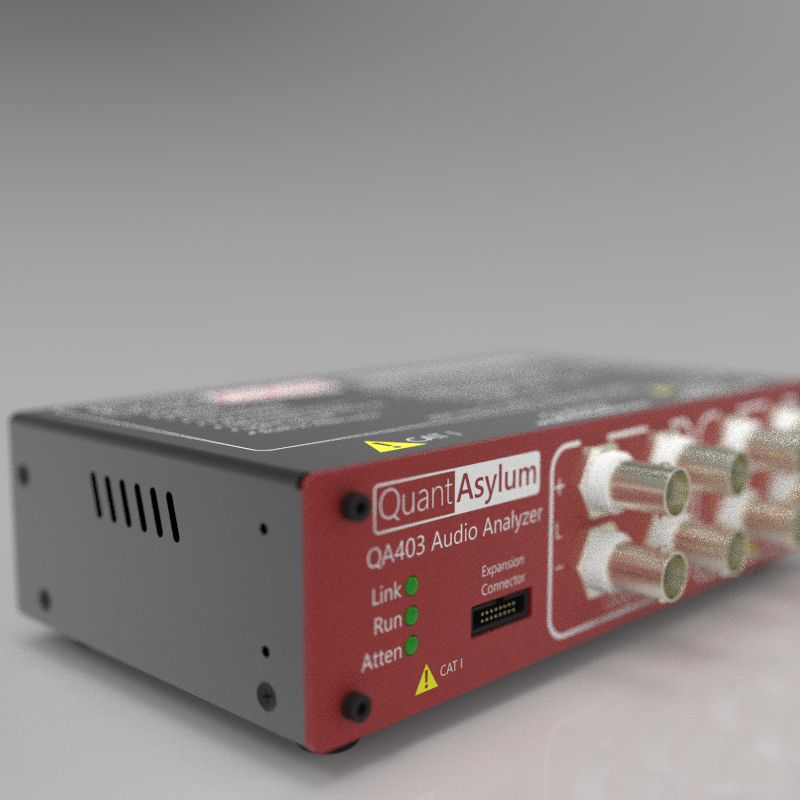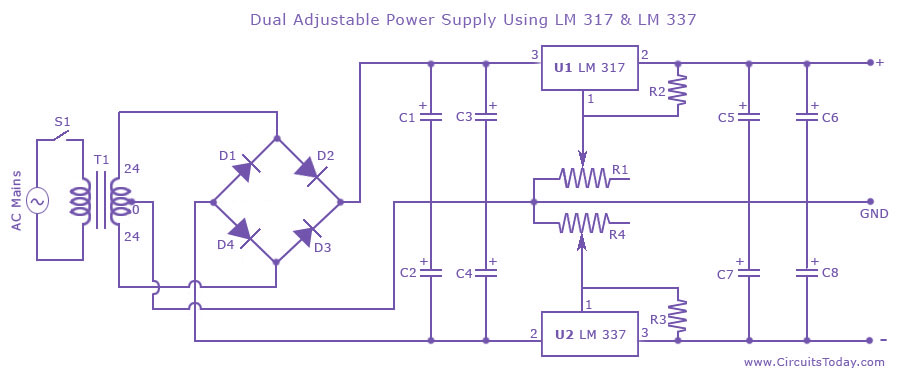- Thread Starter
- #21
Hi thanks a lot I guess that a single 12VDC supply could be enough for a line preamp circuit I saw even a small integrated working with 12VDCOne thing you need to keep in mind is that pre-amp circuits are going to use a +/- 12 or +/- 15 volt supply. This is not as straight fotward as you may think.
This choice would make things much easier
yes this would be very good with opmaps expecially The internal resistance of the battery can be reduced with some uF at the outputThe easiest way is to use 2-12 volt batteries in series and take the power from + from - and from the middle connection. The two issues are batteries are usually not exactly the same voltage and you want the split rails to be identical. The other is the internal resistance of the battery is relatively high.
Like it is often done in car audio systems They have a big cap close to the amp Even a 1F cap
Yes please the link would be very welcome I am trying to make up my mind in this phaseMy solution was to use 2- 12 volt batteries in series and a voltage splitter circuit design I found online which used some regulators to split the voltage and some decent size caps to lower the internal resistance. You can use resistors to accomplish this as well but they waste a lot of power. If you are interested I can dig up the link or if the link is dead I have the schematic somewhere.




